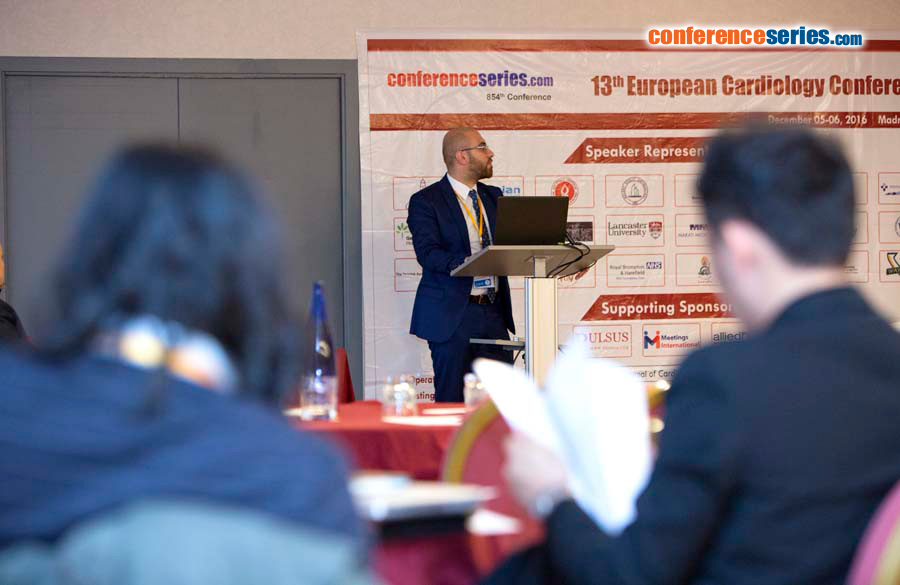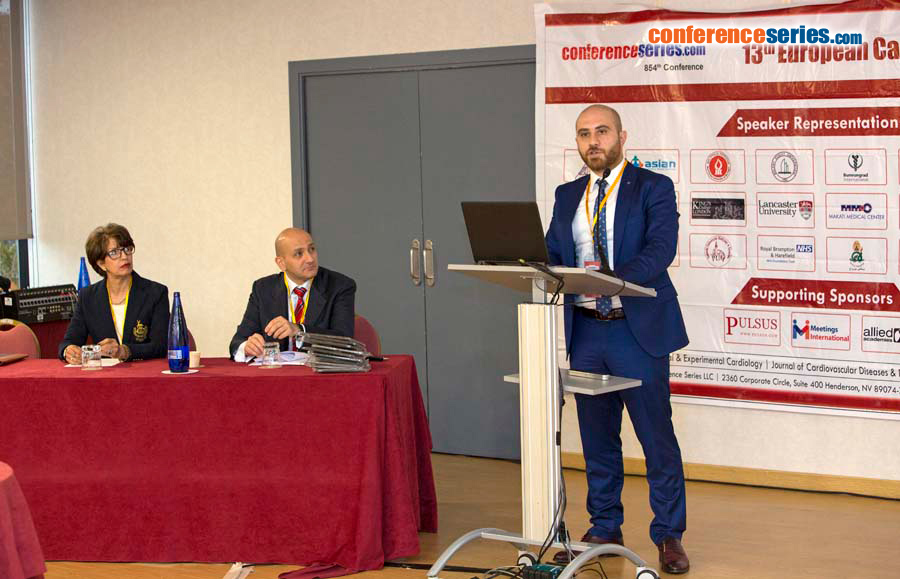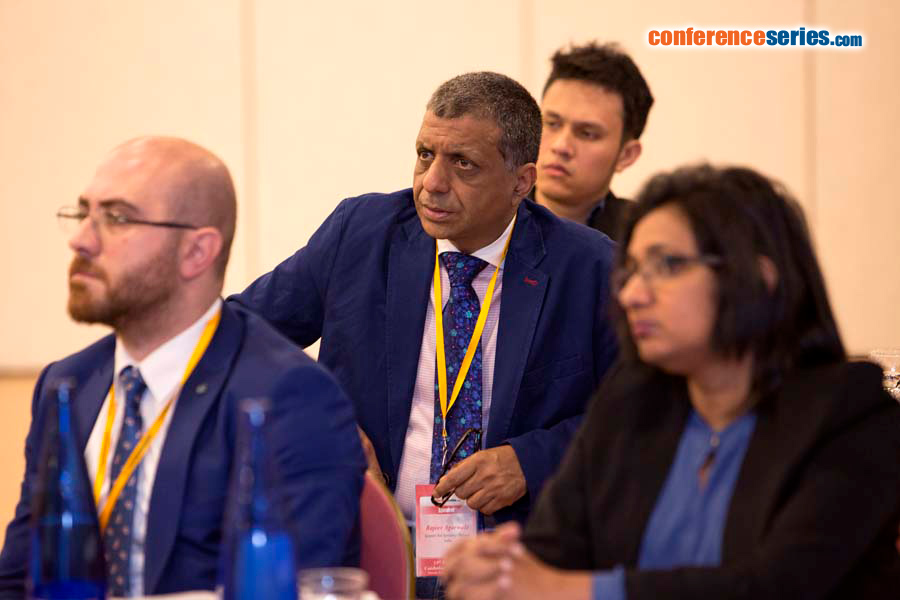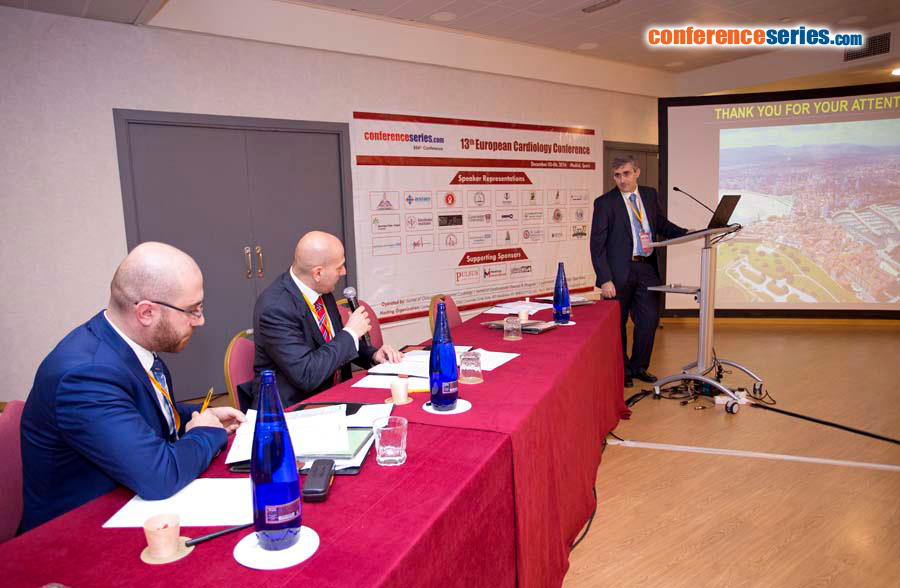
Ersoz Gonca
Bulent Ecevit University, Turkey
Title: The effect of cannabidiol on ischemia/reperfusion-induced ventricular arrhythmias: The role of adenosine A1 receptors
Biography
Biography: Ersoz Gonca
Abstract
Backgroud/Introduction: Cannabidiol (CBD) is a nonpsychoactive phytocannabinoid with anti-inflammatory activity mediated by enhancing adenosine signaling [1,2]. As the adenosine A1 receptor activation confers protection against ischemia reperfusion (I/R)-induced ventricular arrhythmias, we hypothesized that CBD may have anti-arrhythmic effect through the activation of adenosine A1 receptor.
Purpose: We aimed to research the effect of CBD on the incidence and the duration of ischemia reperfusion (I/R)-induced ventricular arrhythmias, and to investigate the role of adenosine A1 receptor activation in the possible antiarrhythmic effect of CBD.
Methods: Myocardial ischemia and reperfusion were induced in anesthetized male rats by ligating the left anterior descending coronary artery for 6 minutes and by loosening the bond at the coronary artery, respectively. CBD alone was given in a dose of 50µg/kg, 10 minutes prior to coronary artery occlusion and co-administrated with adenosine A1 receptor antagonist 8–Cyclopentyl-1,3-dipropylxanthine (DPCPX) in a dose of 100µg/kg, 15 min prior to coronary artery occlusion to investigate whether the antiarrhythmic effect of CBD is modified by the activation of adenosine A1 receptors. The experimental groups were as follows (1) vehicle control (n = 10), (2) CBD (n= 9), (3) DPCPX (n= 7), and (4) CBD+ DPCPX group (n = 7).
Results: CBD treatment significantly decreased the incidence and the duration of ventricular tachycardia (VT), total length of arrhythmias and the arrhythmia scores compared to control during the reperfusion period. DPCPX treatment alone did not affect the incidence and the duration of any type arrhythmias. However, DPCPX aborted the antiarrhythmic effect of CBD when it was combined with it. Any drug treatments affect neither QT nor QRS intervals prior to and during the ischemic period.
Conclusion (s): The present results demonstrate that CBD has an antiarrhythmic effect against I/R-induced arrhythmias and the antiarrhythmic effect of CBD may be mediated through the activation of adenosine A1 receptor. The underlying mechanism of the antiarrhythmic effect of CBD may not depend on its direct electrophysiological effect. The present results support the notion that endogenously released adenosine does not significantly affect the occurrence of ventricular arrhythmias via the activation of adenosine A1 receptor.







